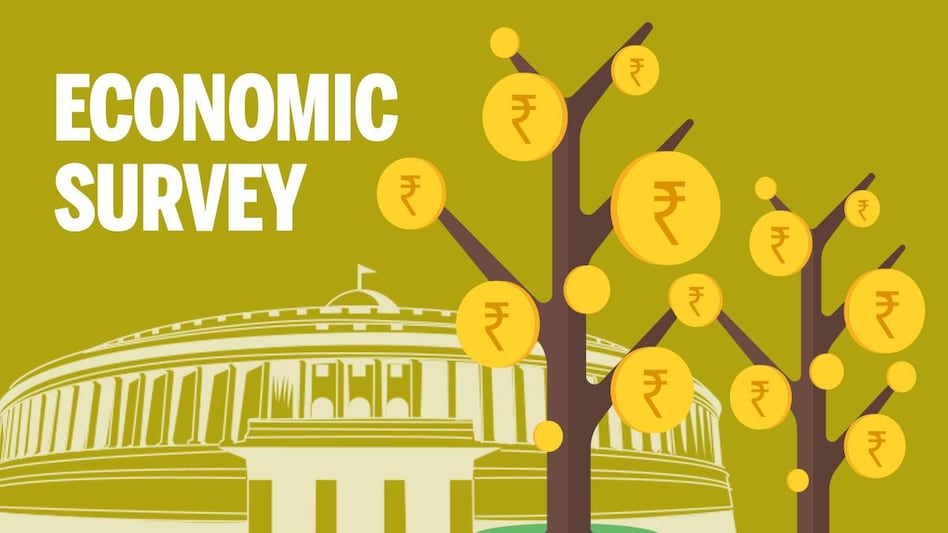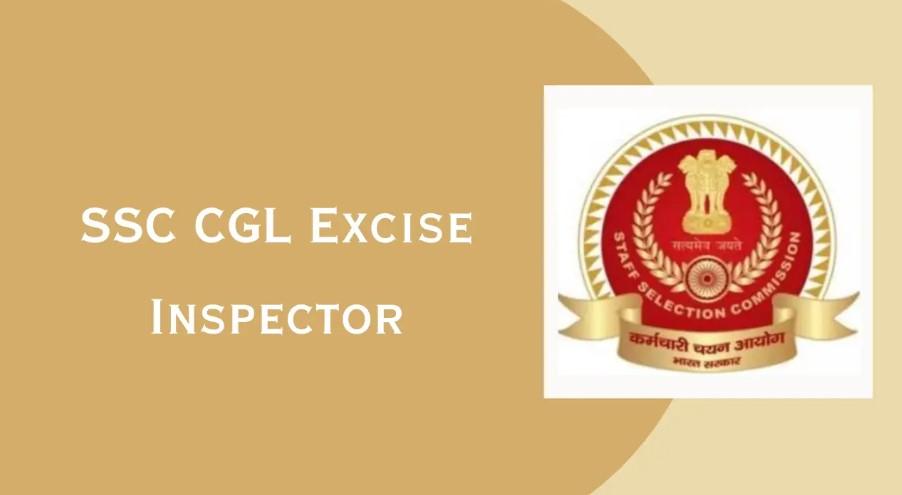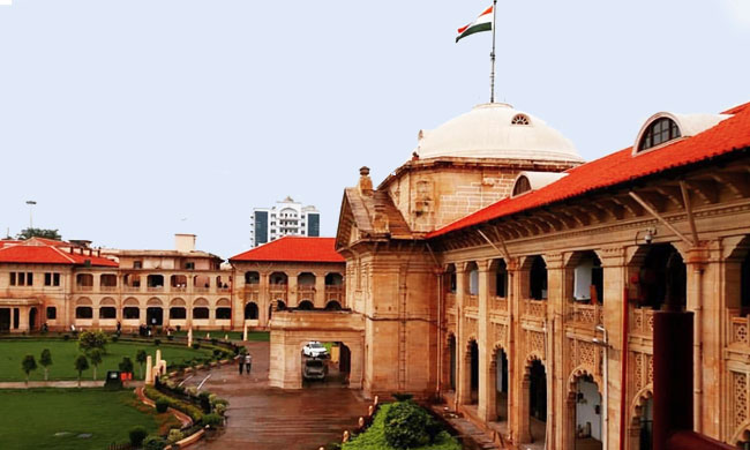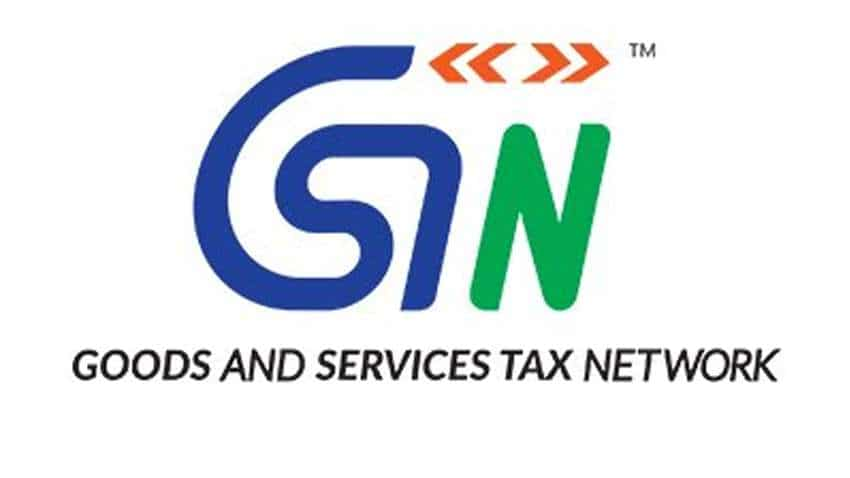GST or the Goods and Services Tax is one of the much awaited and biggest tax reforms in India in last 70 years. GST claims to unify all the taxes levied throughout the country in a bid to eradicate inflation and induce economic growth.

So, what does the council has for the country folks?
The tax system has been categorised into four range i.e. 5%, 12%, 18% and 28% (steeper to the pre-proposed 6%, 12%, 18% and 26%). Let us apprehend them for a better understanding:
The 5% slab: The GST council has been very keen on eradicating inflation. As it has cut out the taxes levied upon grain and food (which constitutes up to 50% of the consumer inflation basket). To add more to it, the 5% tax slab is levied upon the common use products, in comparison to the earlier 9%.
The 12% & 18% slab: The two standard rates that would be applicable upon bulk items such as processed products, oils, soaps, etc. will be further categorised in the upcoming session as which commodity falls in which slab.
The 28% slab: The council has been keen on uplifting the economic equality, as the top percentile slab will be applied upon luxury and white goods along with tobacco and aerated drinks. An addition cess will also be implied on these goods to compensate for the rollout losses.
Another rate slab is yet to be decided for gold and other precious metals, which is likely to be around 4% (as proposed earlier). Related Tags GST














